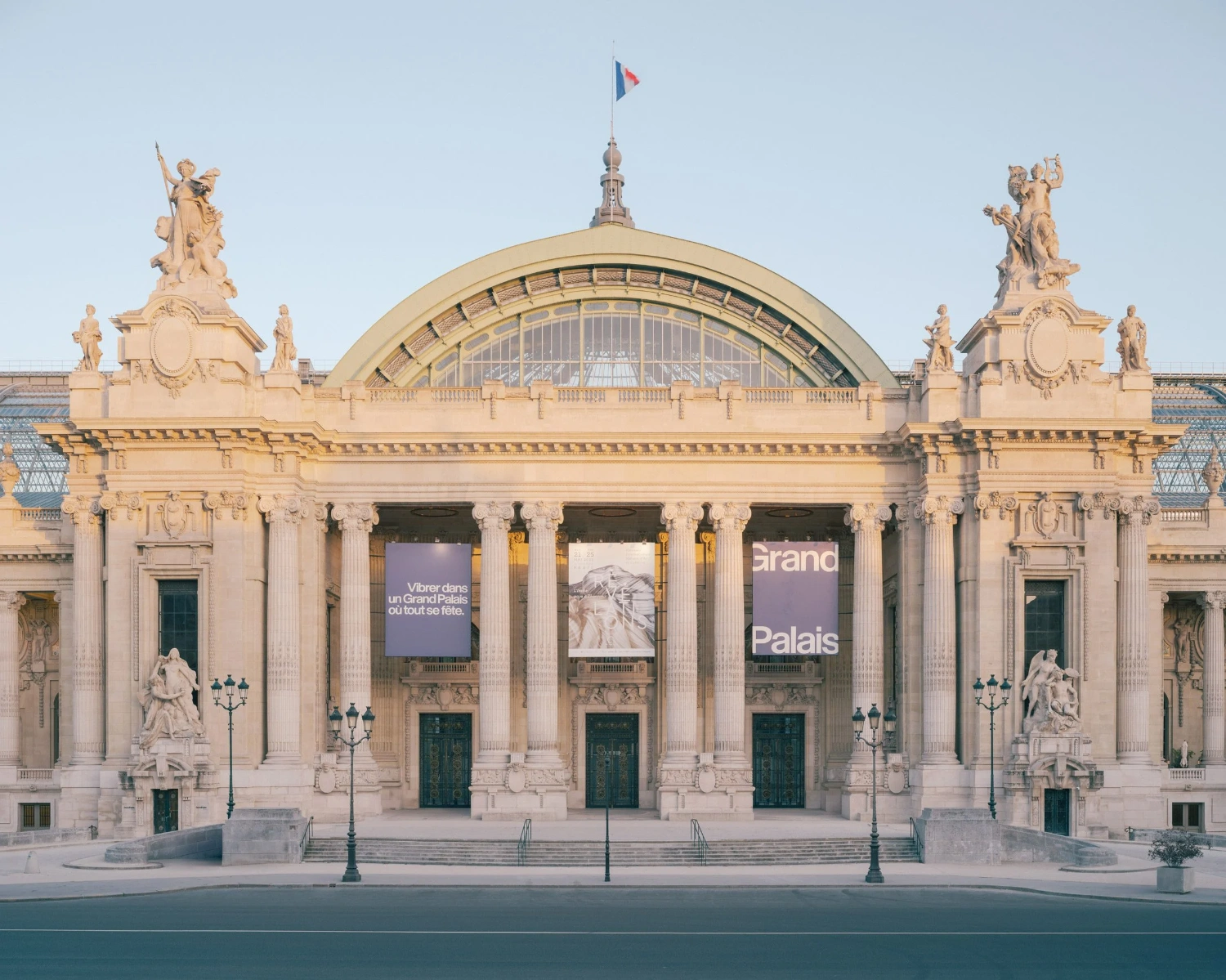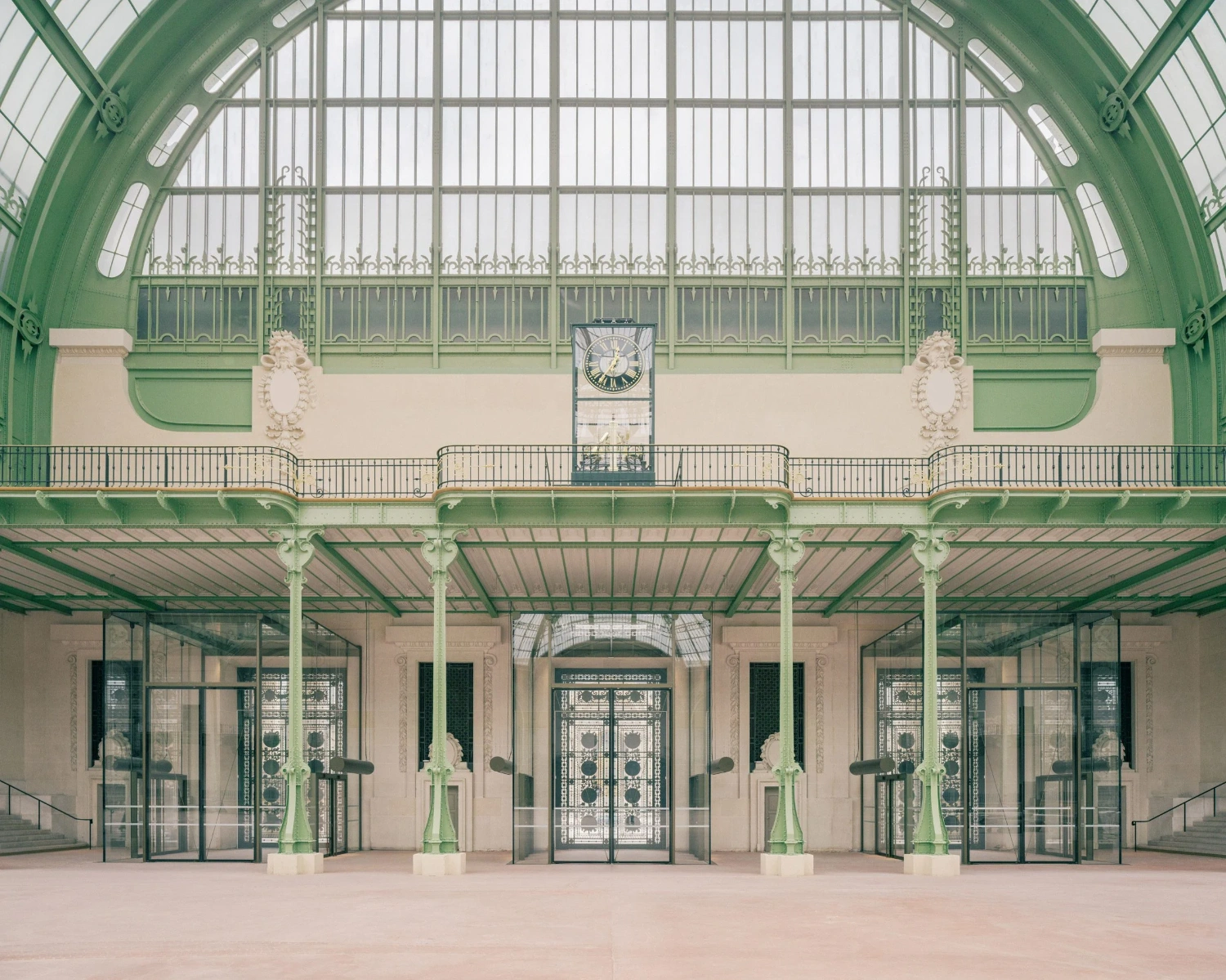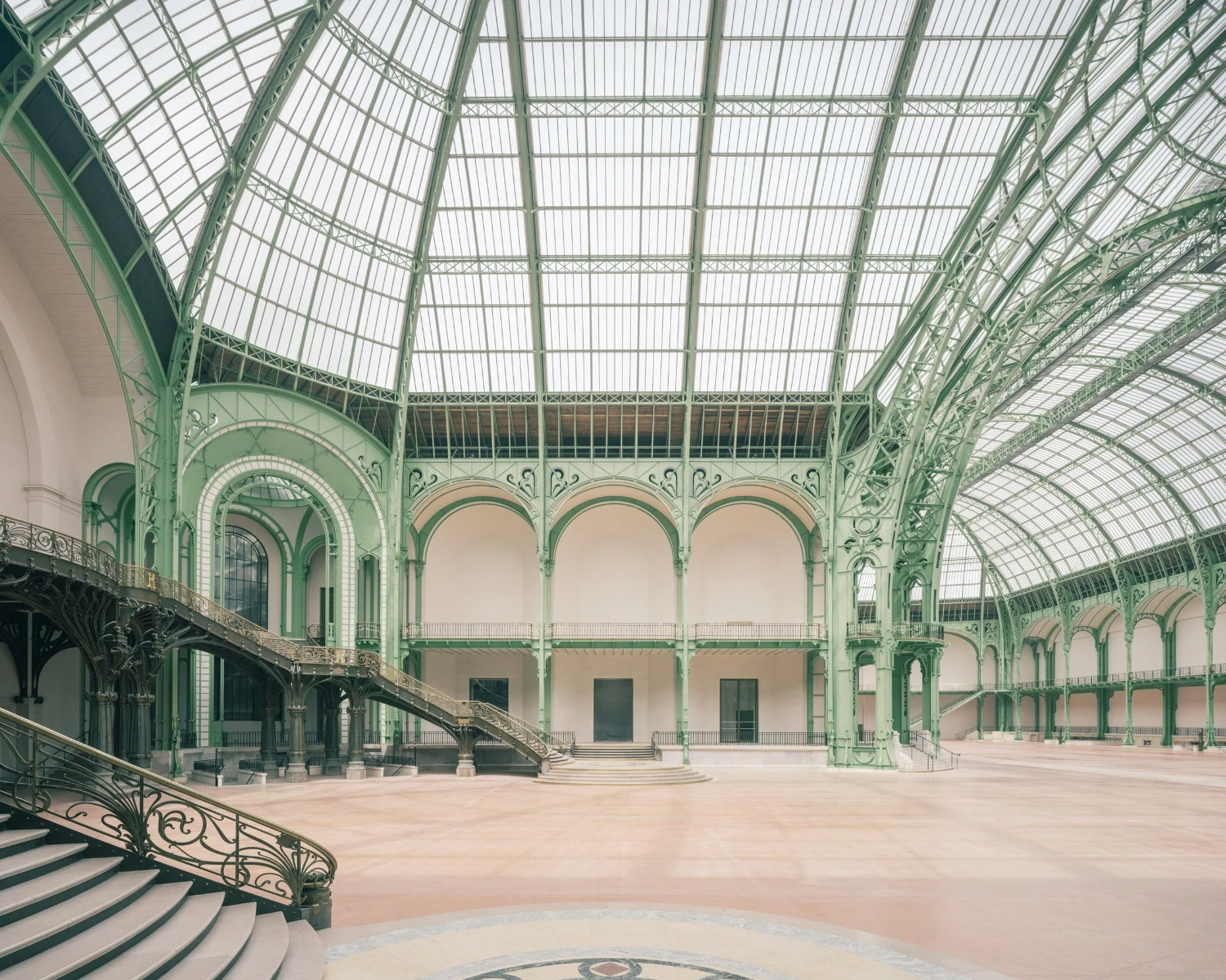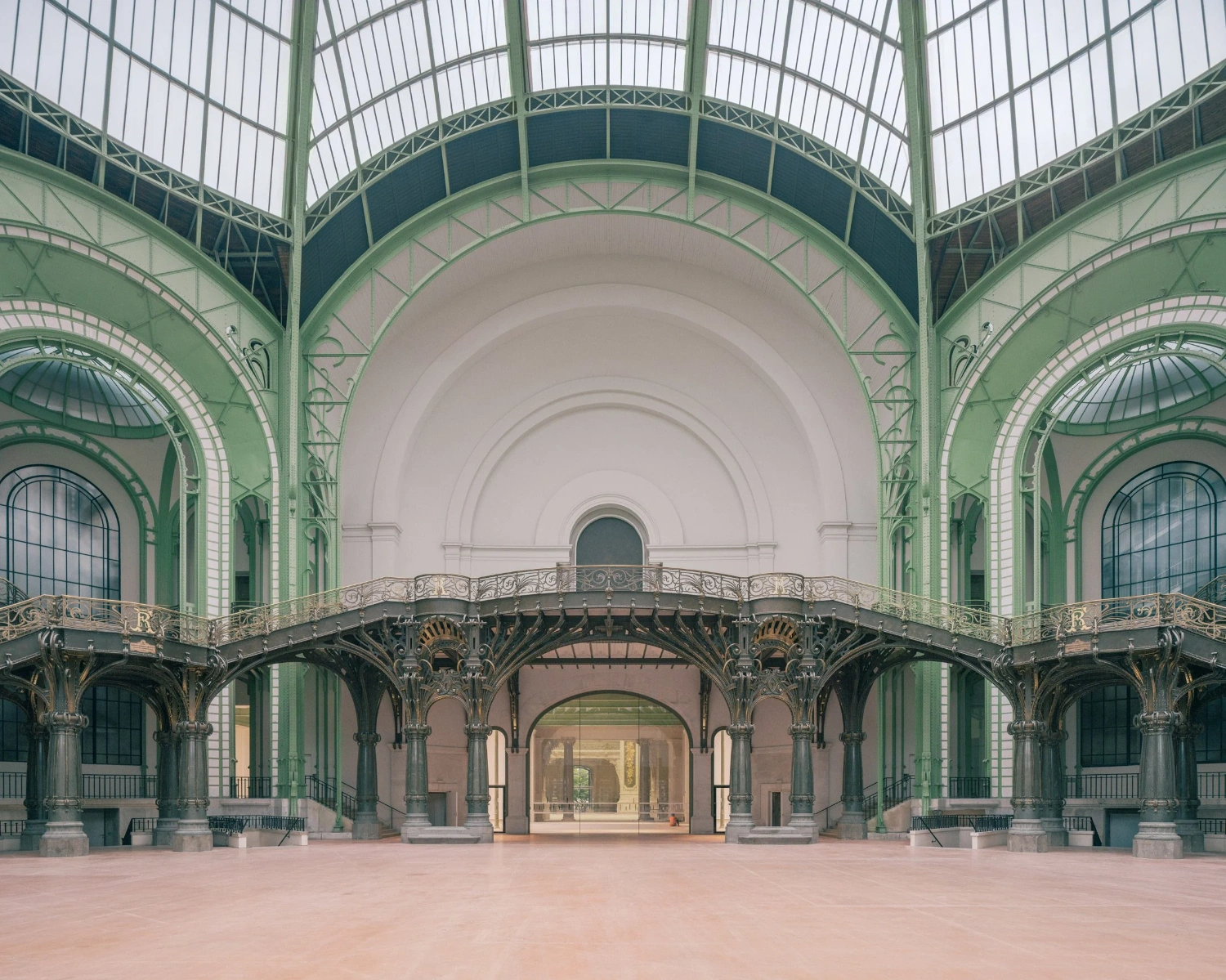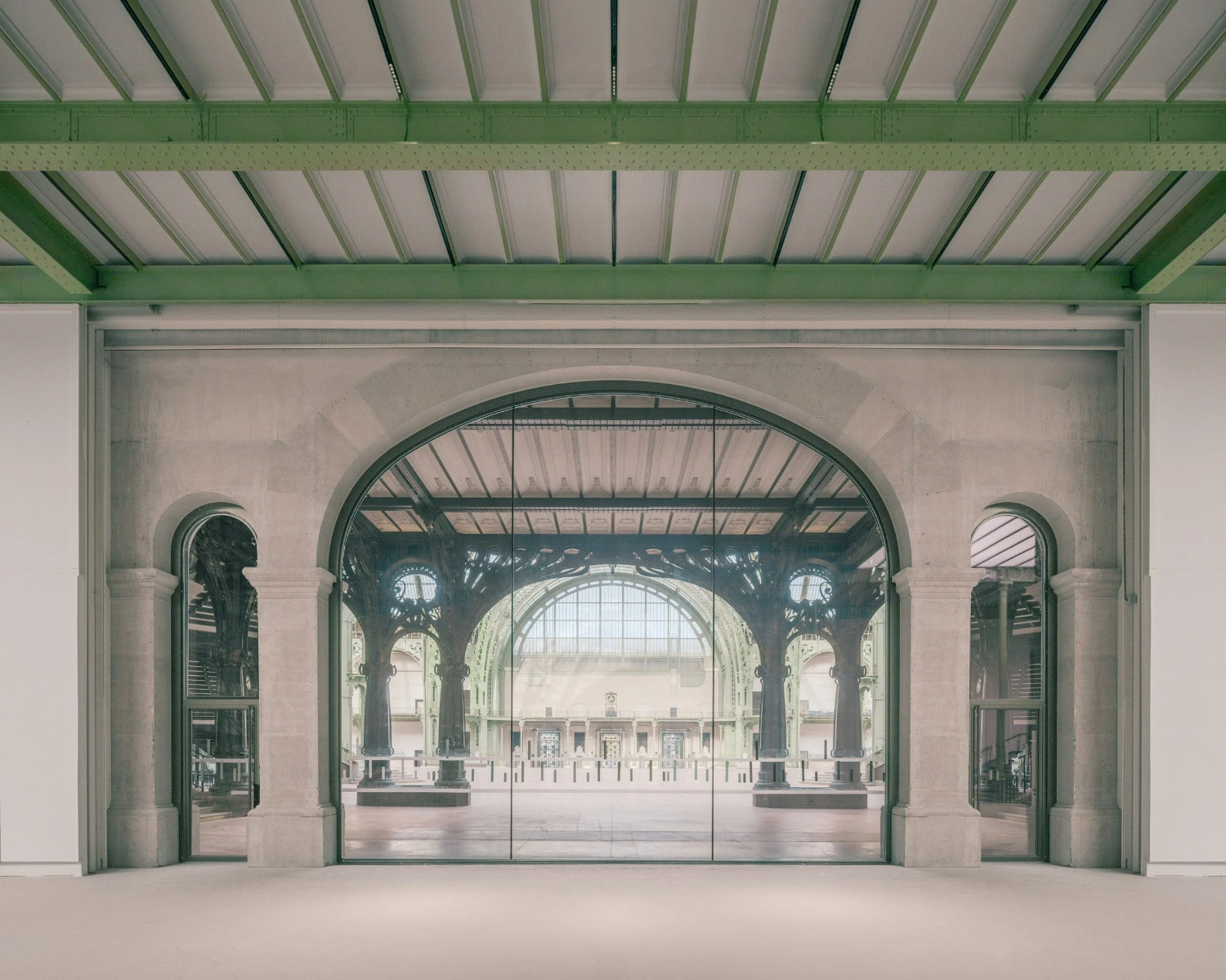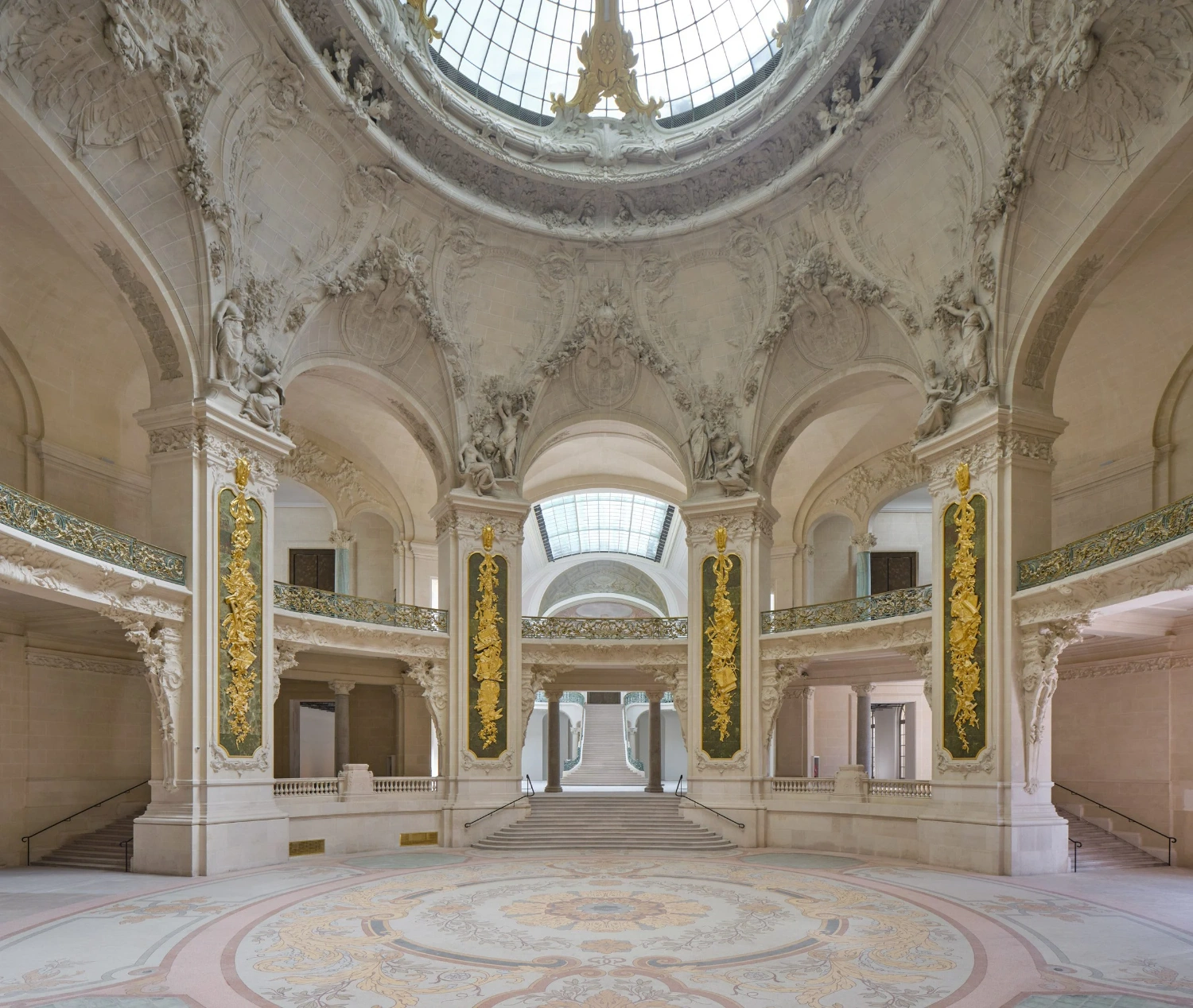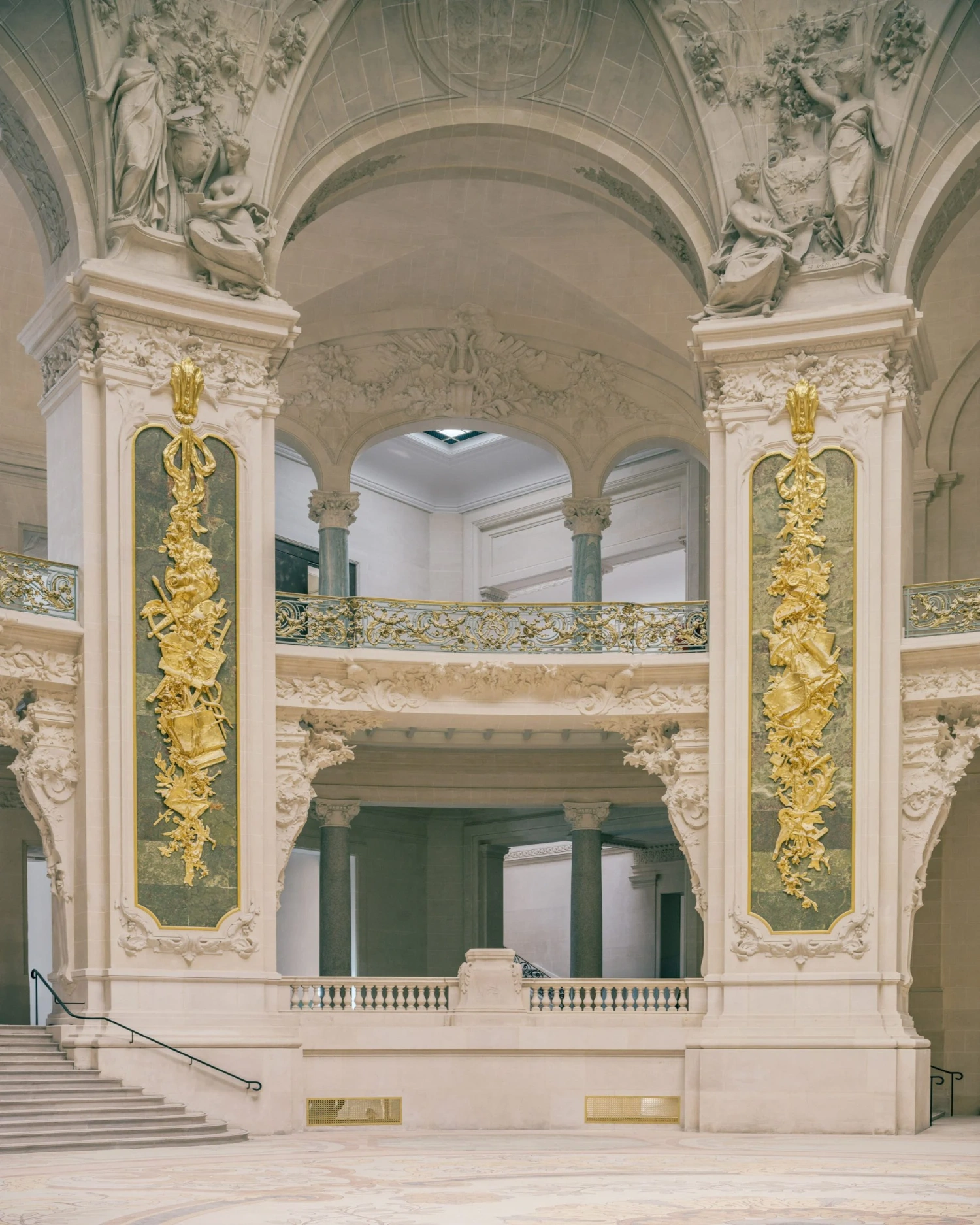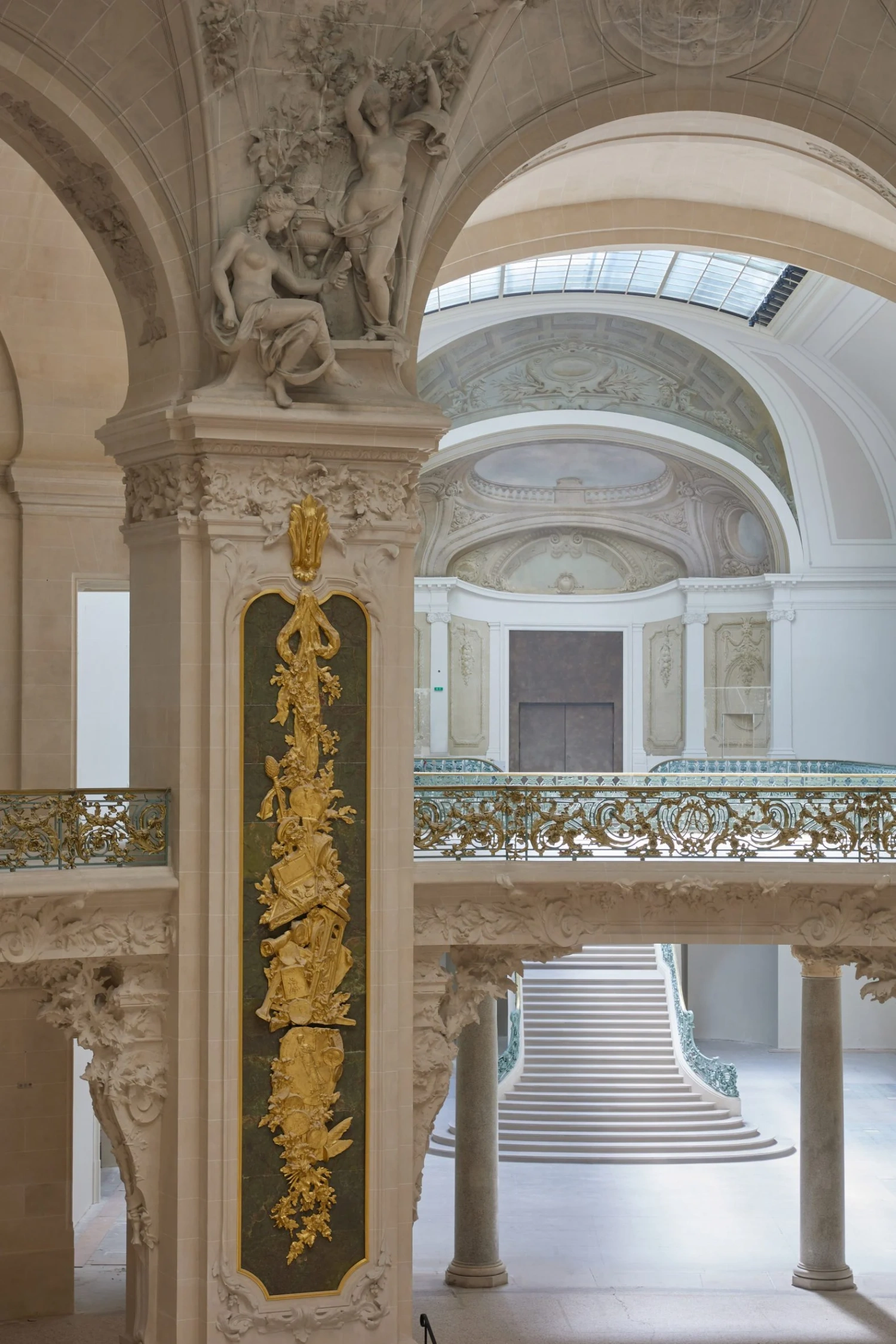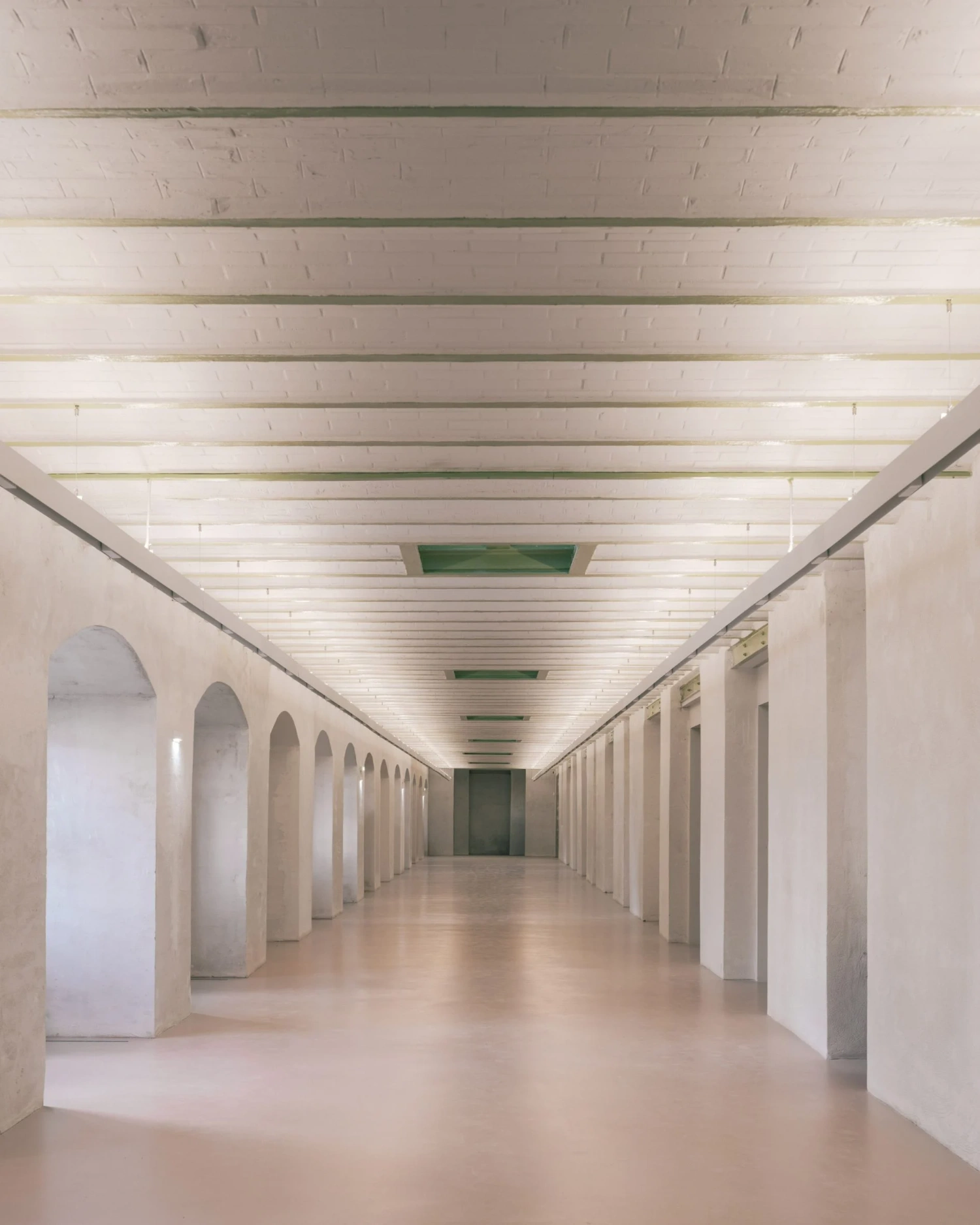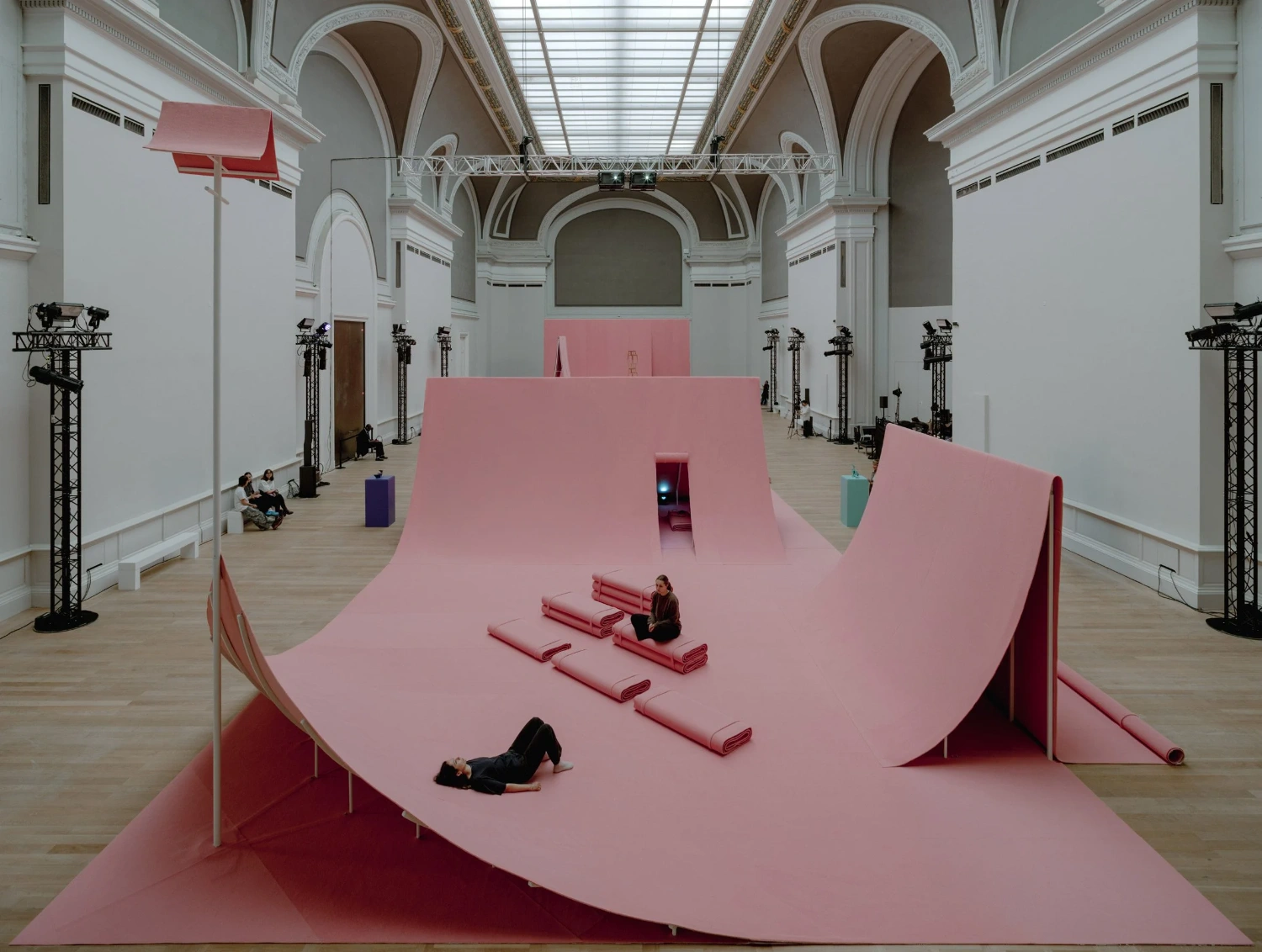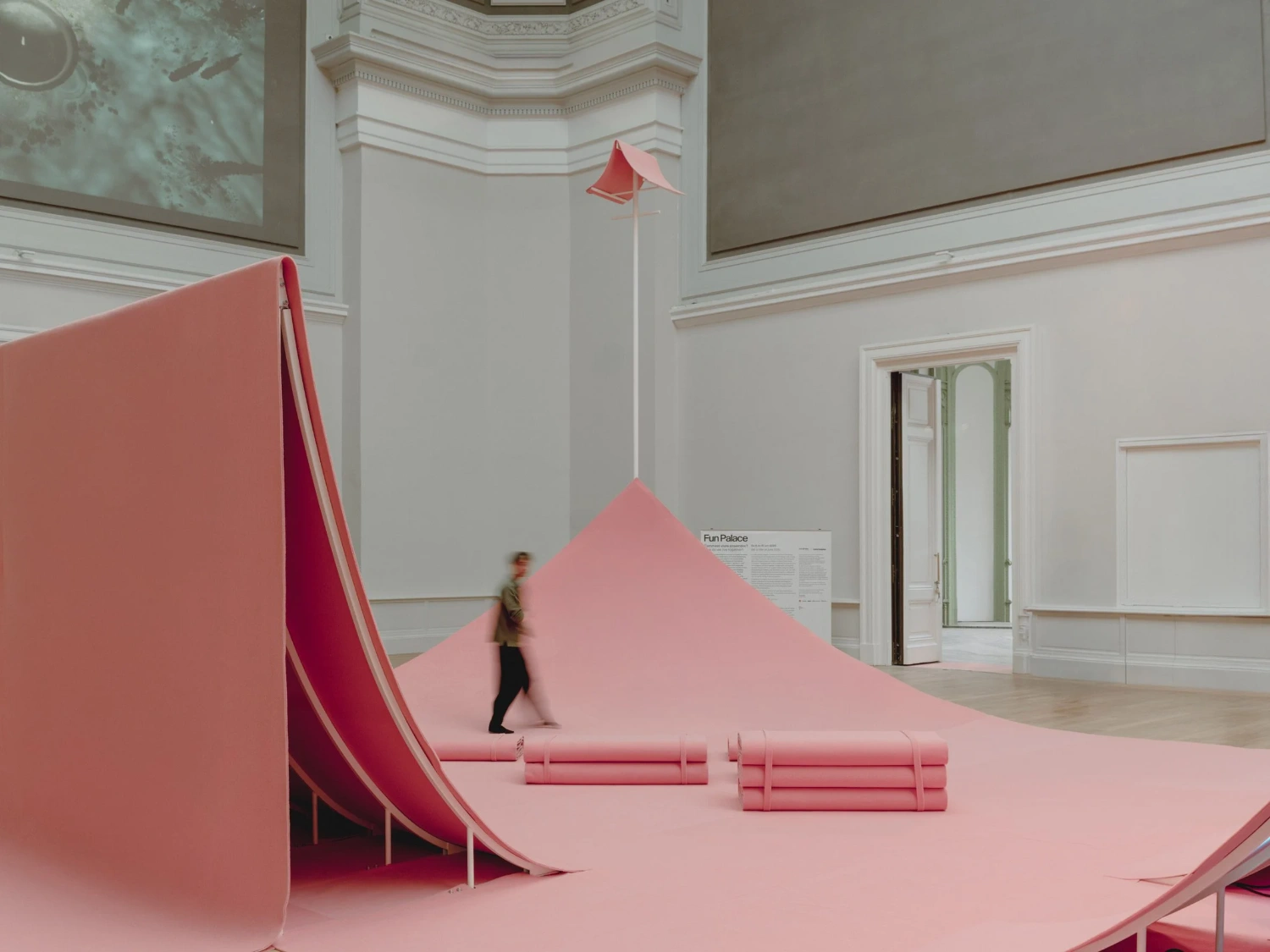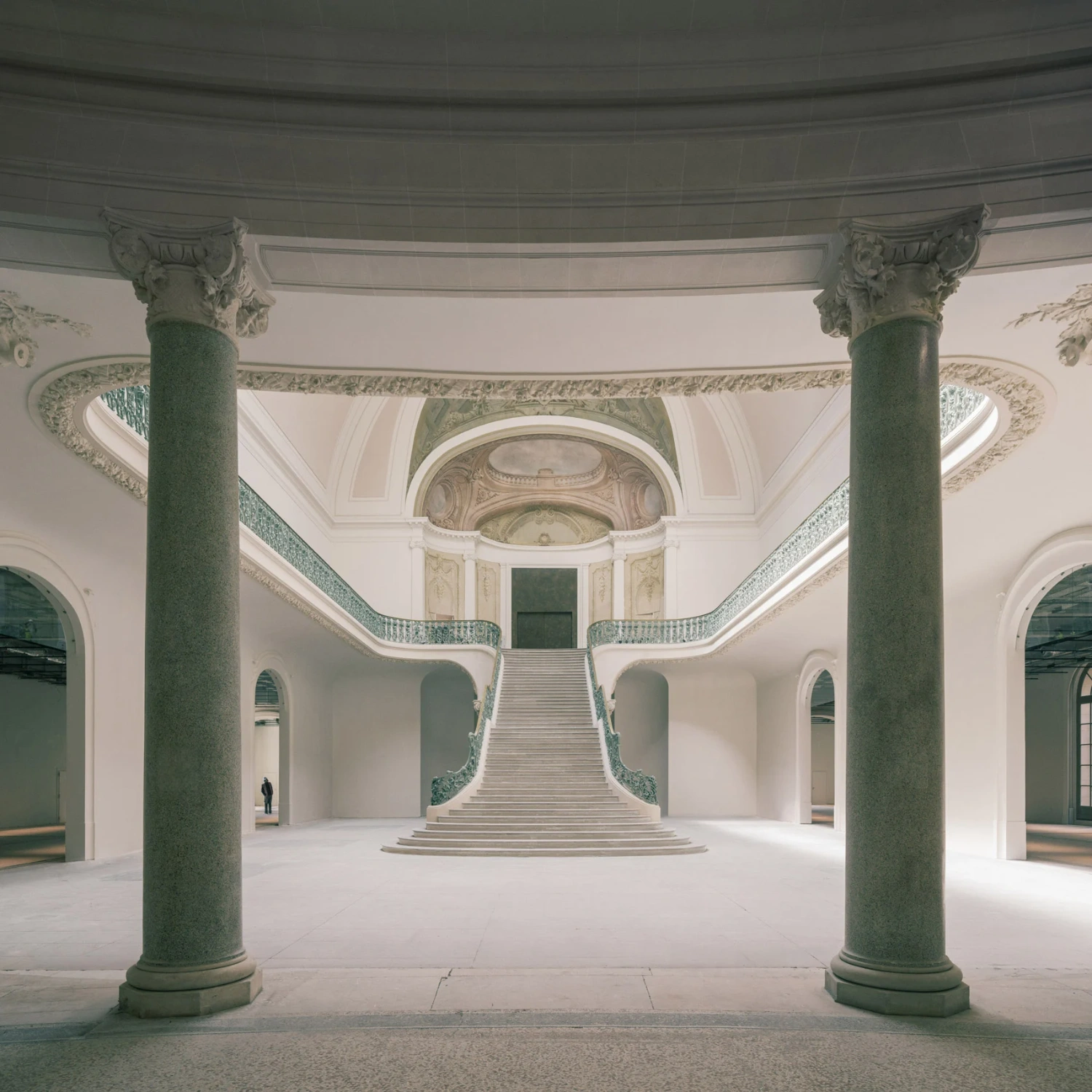Reopened after a meticulous four-year restoration, the Grand Palais by Chatillon Architectes is an elegant interplay of past glory and contemporary vitality, reasserting its iconic place in Parisian culture.
Restoring an architectural icon like Paris' Grand Palais is an exercise in delicate balance. Chatillon Architectes, under François Chatillon’s meticulous guidance, has undertaken precisely this challenge, carefully breathing new life into a landmark that was originally built as a fleeting marvel for the Universal Exposition of 1900.
This monumental Beaux-Arts structure, envisioned by architects Henri Deglane, Albert Louvet, Albert Thomas, and orchestrated by Charles Girault, transcended its temporary origins, becoming a lasting emblem of French culture.
The building’s century-long history had fragmented its original design, obscuring its grand vistas and complex interiors. Chatillon’s team embarked on a meticulous restoration journey, leveraging advanced digital modeling to meticulously dissect and comprehend the structure. The studio revisited over 3,000 archival documents, revitalizing the space with careful attention to historic authenticity and contemporary function. The Grand Palais now reveals its original spatial generosity, clarity, and the luminous elegance of its iconic glass-roofed Nave.
The renovation thoughtfully engages with the building’s layered past. A sensitive restoration has rediscovered and clarified grand internal axes and opened fresh views between the Palais d'Antin and the Seine. The spaces have been restructured not just aesthetically but logistically, updating thermal efficiency and modernizing visitor infrastructure. Key historical details, such as the elegantly textured stucco walls and faux-marble columns striped in the building’s characteristic green hue, have been meticulously reproduced from archival sources, while contemporary insertions subtly complement these restored elements.
Moreover, the project's transformation extends beyond the architecture itself, embracing a dynamic cultural program and enriched public engagement. New underground exhibition areas cater specifically to younger audiences, bridging art and science in interactive displays. This comprehensive renewal repositions the Grand Palais as not merely a site of nostalgia but a vibrant cultural nexus, opening inviting new social spaces, cafes helmed by acclaimed chefs, and reimagined gardens thriving with diverse plant life.
Ultimately, Chatillon Architectes has achieved a remarkable synthesis of historical reverence and contemporary revitalization, turning the Grand Palais from a treasured relic into a living, breathing space poised to inspire future generations.


